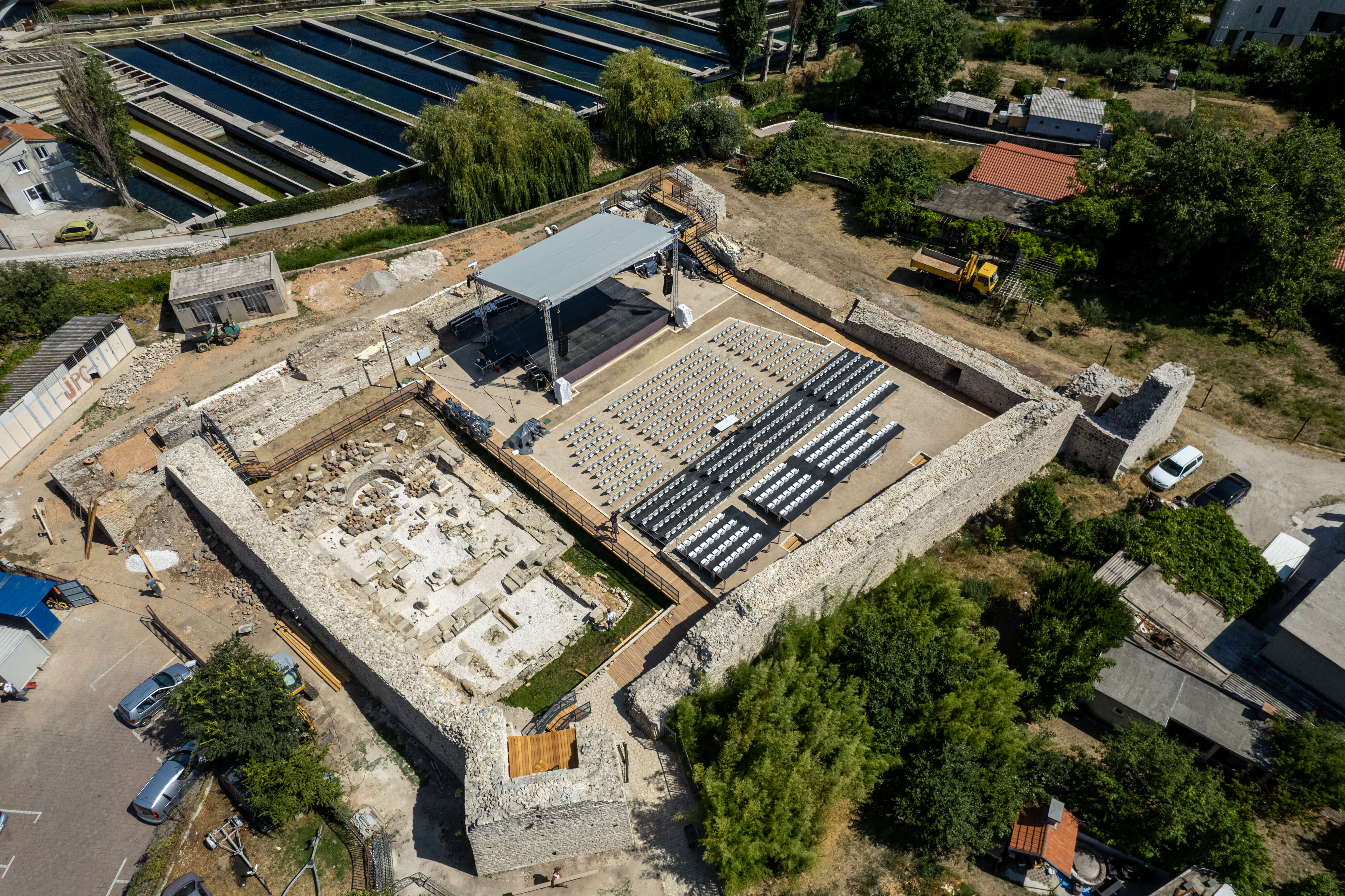
Gradina fortress
Gradina fortress
Among the remains of Salona buildings, there is a particularly interesting complex called Gradina next to the river itself and the eastern walls of the Roman city. Historians of Salona, Frane Bulić and Ljubo Karaman believed for some time that the Gradina fort was built by an archbishop in the 14th century, but later analyses concluded that Gradina was an Ottoman fort from the 16th century. The location was carefully chosen by the Ottomans, because from that place they could control the course of the Jadro and the road to Klis, as well as the Venetian land on the southern side of the river bank.
The fort was built in the place of an old church, but given the lack of written records about it, it has never been determined exactly from which era the church’s unusual floor plan originates. According to previous analyses, it is considered that the construction dates back to the period of Late Antiquity or to the Old Croatian era. During the time of the Croatian rulers in the 10th and 11th centuries, it was thoroughly renovated and remodelled, so an atrium was added to the west facade, which was used for burials. There are also theories that in 1530s, during the Turkish siege of Klis, the church in Gradina served as a mosque and that the sultan’s daughter, Princess Mihri Mah, was buried there.
The Gradina fortress is currently used as an open-air stage, and as of the summer of 2021 it has been newly renovated.